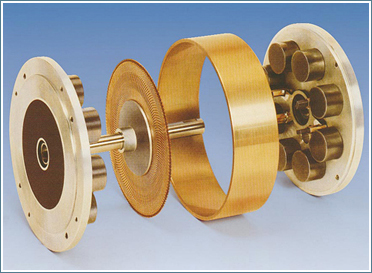One of the extruder motors where I work has failed, its a 500Kw Abb Dc motor.
I'm not very familiar with Dc motors & drives, very old hat, but this is what I have to work with.
I found a similar alternative motor, I'm going to have to make some mods to get it to fit, however the speed rating is a bit lower than what we need.
The suppliers have spec'd the job for me & said they can get the thing to run a bit quicker using field weakening, I've seen this before on Ac motors, weakening the field increases rotor current speeding the motor up till the rotor current balances again.
I'm not sure how this works in a Dc motor with field windings, probably very similar, there must be a limit where saturation or lack of repulsion takes effect, we only need 1950 rpm instead of 1800.
I'm not very familiar with Dc motors & drives, very old hat, but this is what I have to work with.
I found a similar alternative motor, I'm going to have to make some mods to get it to fit, however the speed rating is a bit lower than what we need.
The suppliers have spec'd the job for me & said they can get the thing to run a bit quicker using field weakening, I've seen this before on Ac motors, weakening the field increases rotor current speeding the motor up till the rotor current balances again.
I'm not sure how this works in a Dc motor with field windings, probably very similar, there must be a limit where saturation or lack of repulsion takes effect, we only need 1950 rpm instead of 1800.


